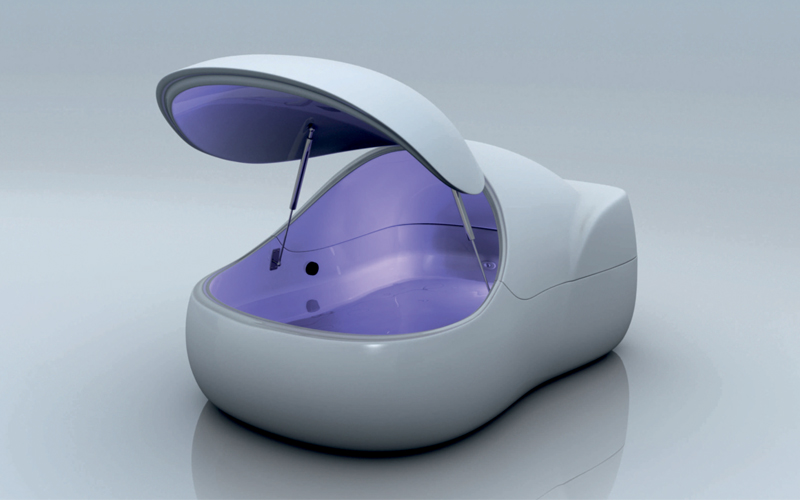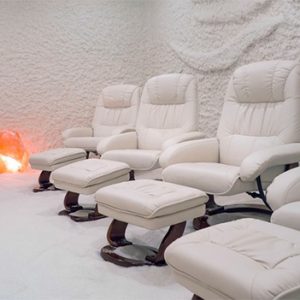The first tank was designed in 1954 by John C. Lilly, an American physician, and neuroscientist. He designed the tank to study the origins of consciousness by cutting off all external stimuli. His research took a controversial turn in the 1960s. That’s when he began experimenting with sensory deprivation while under the effects of LSD, a hallucinogenic, and ketamine, a fast-acting anesthetic that is known for its ability to sedate and create a trance-like state.
In the 1970s, commercial float tanks were created and began being studied for possible health benefits. These days, finding a sensory deprivation tank is easy, with float centers and spas offering float therapy all over the world.
Their increase in popularity may be due in part to the scientific evidence. Studies suggest time spent floating in a sensory deprivation tank may have some benefits in healthy people, such as muscle relaxation, better sleep, decrease in pain, and decreased stress and anxiety.
The water in a sensory deprivation tank is heated to skin temperature and nearly saturated with Epsom salt (magnesium sulfate), providing buoyancy so you float more easily.

























